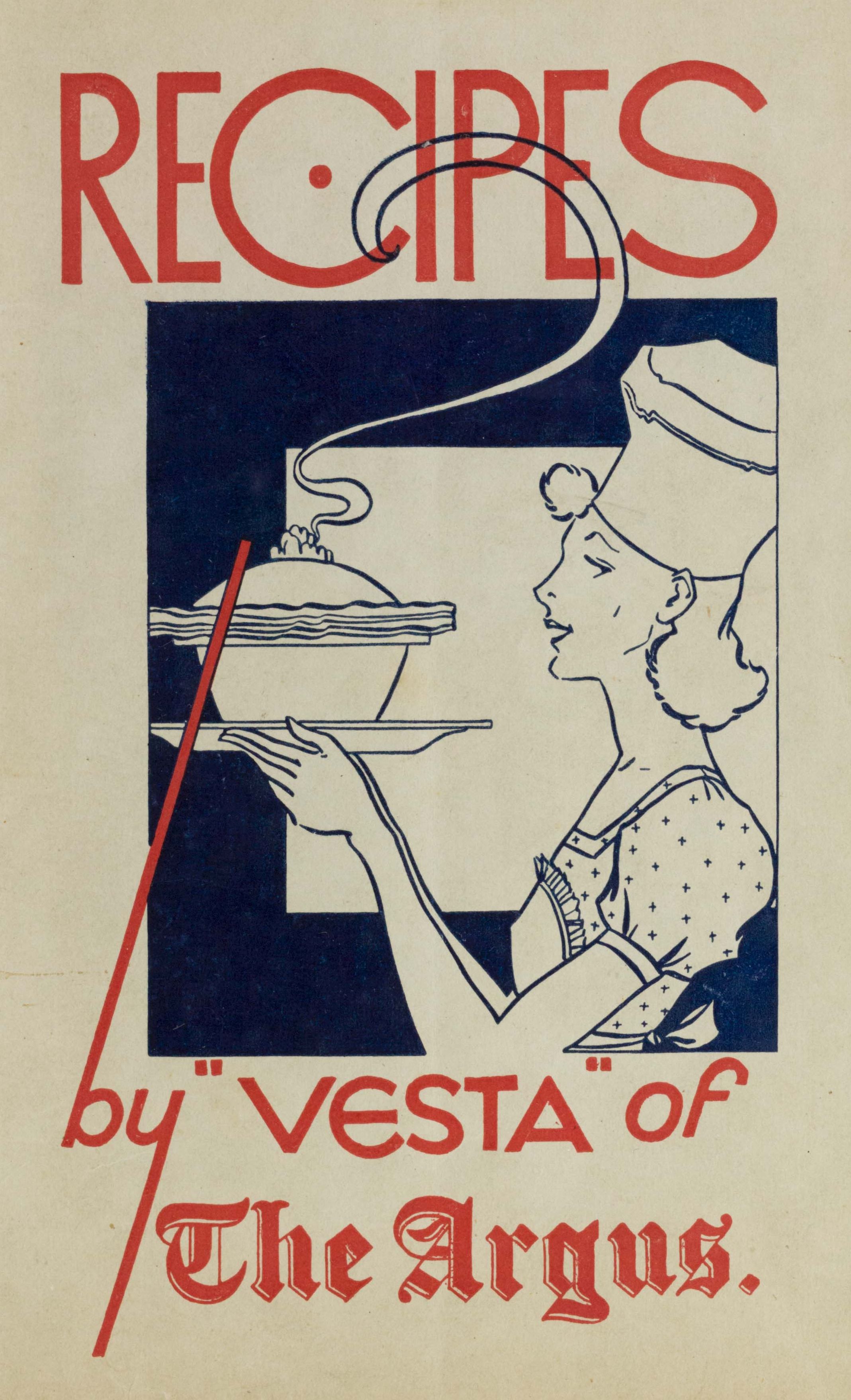Selection Criteria
The content in Food and Drink in History has been selected in close collaboration with collection staff at participating libraries and specialist academic board members in the fields of food studies, social science and agricultural history. Attendance at focused conferences also played a large part in ensuring material is relevant and appropriate for students and scholars.

Key Elements
Three key elements shaped the selection process for the Food and Drink in History resource. Firstly, the project aims to recognise the importance of cookbooks as an essential tool for studying food history. The resource includes cookbooks with as wide a date range and cuisine coverage as possible. In order to provide the fullest range of titles, selection has focused on the earliest editions of cookbooks. With the advice of experts, we have digitised multiple editions of key titles.
Secondly, the project includes a variety of differing primary source materials to support the robust list of cookbooks. Food and Drink in History includes periodicals, adverts, ephemera and menus, as well as company records, government papers and research from the field of anthropology, to allow researchers to explore the multitude of sources available in archives for the study of this discipline.
Thirdly, the resource aims to recognise the growing preference amongst food scholars to examine food production and consumption in conjunction. We have combined material on food consumption issues, such as cookbooks, with material on agriculture and food industrialisation, as well as looking at sources which explore and inform both, such as marketing reports.
A Note on Exclusions
Food and Drink in History is a major resource covering centuries of experiences. Although key topics and nationalities are well-represented, the scale of the period and complexity of the discipline prevents the inclusion of all relevant material.
A lengthy process of discussion between many different archives, libraries, museums and societies across the globe has resulted in the 18 partners within Food and Drink in History. Where exclusions have been made, this has largely been due to:
- Collections falling outside the defined remit of this resource
- Existing open-access content
- Copyright and permission considerations
Data Protection
A consistent redaction process, agreed in consultation with key project stakeholders and with recourse to legal guidelines, has been followed in the creation of this digital resource.
In the context of this material, a private individual is defined as one who is not professionally associated with an organization, who is not featured in a professional capacity within the documents and therefore has an expectation of privacy within the archival material.
A professional or public individual is defined as a person who is featured within the material in a professional capacity, such as an individual professionally and publicly associated with a professional organization.
At no point has redaction been applied as a means of censoring these important and academically valuable documents.


